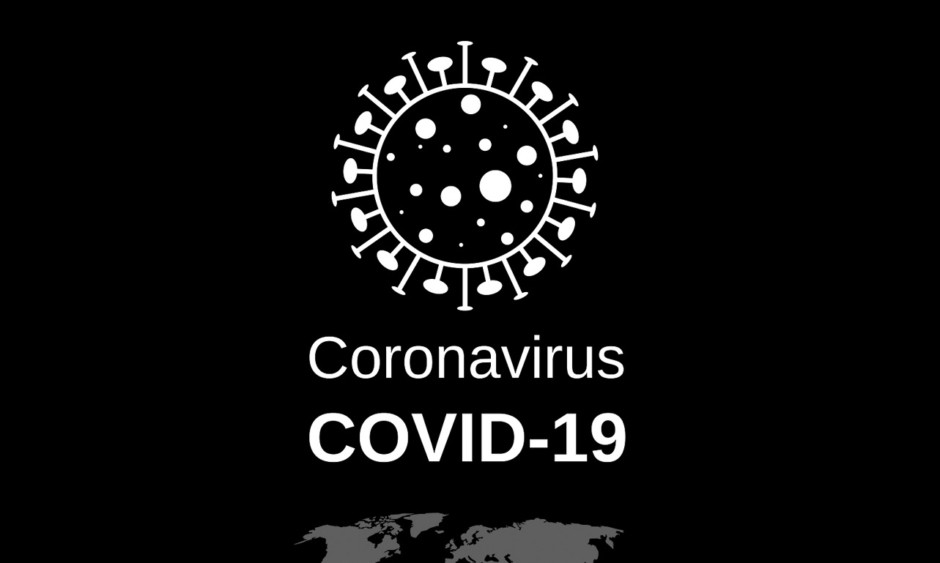COVID-19, caused by the severe acute respiratory syndrome coronavirus 2 (SARS-CoV-2), is of particular concern to patients who are immunocompromised, including those with inflammatory rheumatic disease. It is currently unknown whether background immunosuppressive medications, such as hydroxychloroquine or tocilizumab, are a risk factor for severe SAR-CoV-2 infection or alternatively if they offer protection to patients.
The need for data to address these questions was lacking, and therefore the international rheumatology community created the COVID-19 Global Rheumatology Alliance. The online portal allows healthcare professionals all over the world to submit case reports on individuals with rheumatic disease diagnosed with COVID-19. Data are collected on the city, country, and clinic; patient age, sex, race, and ethnicity; medications before COVID-19 diagnosis; symptoms and treatment; comorbidities; and maximum level of care needed.
Within 1 week of the registries launch, and as of April 1, 2020, 110 patient reports have been submitted from six continents: Europe, Norther America, South America, Asia, Africa, and Oceania. 18% of the patients are aged >65 years, 36% listed rheumatoid arthritis as their primary rheumatic disease, and 63% received conventional synthetic disease-modifying antirheumatic drugs before their COVID-19 diagnosis. Fever, cough, and shortness of breath were the three most common symptoms at onset, 35% were admitted to hospital, the most common comorbidity was hypertension (28%), and 5% sadly died.
With time, it is hoped that the registry will have the capacity to analyse differences in outcomes by sociodemographic and rheumatic disease characteristics, as well as medications taken prior to and at the time of COVID-19 diagnosis. As data are collected in real-time, the literature gap on this patient population should start to close, allowing for evidence gathering on important risk factors and offering healthcare providers timely data on treatment patterns.








